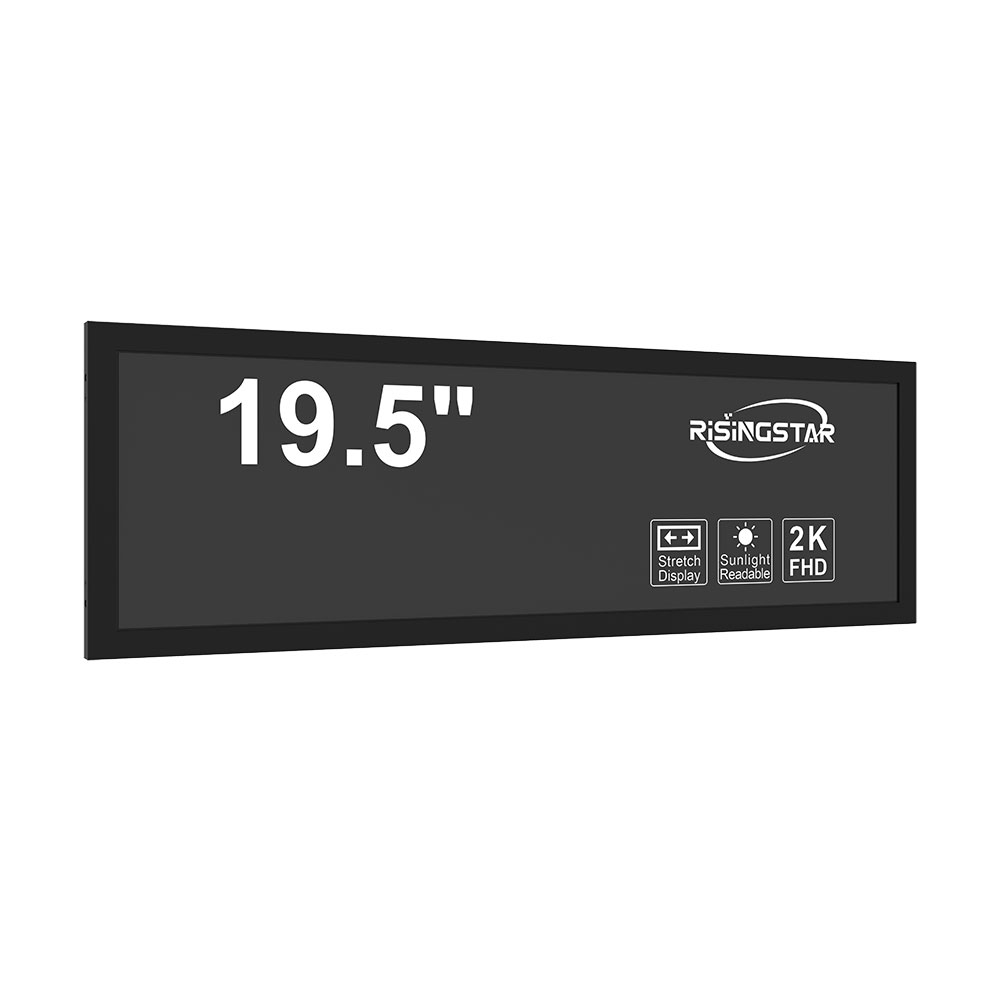
Privacy statement: Your privacy is very important to Us. Our company promises not to disclose your personal information to any external company without your explicit permission.
Quantum Dot Light Emitting Diode (QLED) display technology has emerged as a leading solution for high-performance outdoor digital signage, advertising screens, and industrial displays. Unlike traditional LED or LCD panels, QLEDs leverage nanoscale semiconductor particles—quantum dots—that emit precise colors when excited by light. This results in brighter images, wider color gamuts, and superior energy efficiency, making them ideal for environments where ambient light is intense or variable.
The core innovation lies in the quantum dot layer positioned between the backlight and the LCD panel. When blue LEDs illuminate this layer, quantum dots convert part of the light into red and green wavelengths with exceptional purity. The result? A color spectrum that exceeds 95% of the DCI-P3 standard, enabling vivid, lifelike visuals even under direct sunlight. For outdoor applications, this translates to better visibility during daytime and reduced glare compared to conventional LCDs.

Outdoor QLED displays are engineered with enhanced durability. They often feature IP65 or higher ingress protection ratings, anti-reflective coatings, and tempered glass to withstand extreme temperatures (from -20°C to 60°C), humidity, and UV exposure. In fact, many manufacturers now integrate active cooling systems and automatic brightness adjustment algorithms to maintain performance across seasons. These features ensure long-term reliability—a critical factor for commercial installations like bus stops, retail facades, or construction site monitoring.
Moreover, QLED technology supports higher peak brightness levels, typically ranging from 3,000 to 7,000 nits, far surpassing standard indoor displays (200–500 nits). This is essential for maintaining clarity in broad daylight conditions without excessive power consumption—a key advantage over OLED, which can suffer from burn-in and lower luminance in outdoor settings.
According to a 2023 study by the Society for Information Display (SID), QLED-based outdoor screens demonstrate up to 40% longer lifespan than equivalent LED-backlit LCDs due to reduced heat generation and stable material chemistry. Additionally, their modular design allows for easier maintenance and scalability—ideal for large-scale deployments such as stadiums or transportation hubs.

For businesses investing in outdoor digital signage, QLED offers not just visual superiority but also operational cost savings over time. With lower energy usage per nit of brightness and fewer replacement cycles, the total cost of ownership (TCO) becomes significantly more favorable compared to alternatives like DLP or micro-LED.
In summary, QLED display technology stands out as the optimal choice for demanding outdoor environments. Its combination of vibrant color accuracy, high brightness, rugged build quality, and energy efficiency makes it a future-proof investment for global brands aiming to captivate audiences beyond controlled indoor spaces.
Email to this supplier

Privacy statement: Your privacy is very important to Us. Our company promises not to disclose your personal information to any external company without your explicit permission.